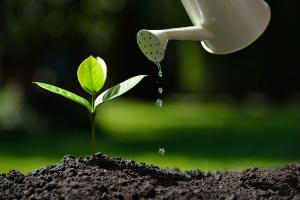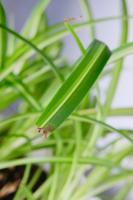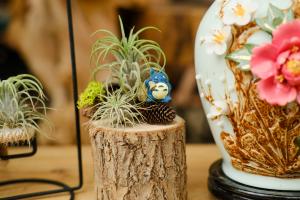How to Stop Plant Water Drips to Your Neighbors Below
If you live in an apartment or condo building, keeping your plants healthy and thriving can be a great way to brighten up your living space. However, one of the biggest challenges when it comes to indoor gardening is dealing with water drips. Not only can these drips damage your floors and neighbors' ceilings, but they can also lead to mold growth and other issues. Here are some tips to help you prevent plant water drips and keep everyone happy and healthy.
Use Saucers or Trays
One of the easiest ways to prevent water drips is to use saucers or trays underneath your plants. These will catch any excess water that drains out of the pots and prevent it from spilling onto your floors. Make sure to choose saucers or trays that are big enough to hold all of the water that your plants might produce, and empty them regularly to avoid mold and mildew growth. You can also add some pebbles or rocks to the bottom of the saucers to provide additional drainage.
Adjust Your Watering Schedule
If you find that your plants are producing too much water for your saucers or trays to handle, it might be time to adjust your watering schedule. Try reducing the amount of water you give your plants each time you water them, or watering them less frequently. It's important to find the right balance between providing enough water for your plants to thrive and avoiding water drips.
Invest in Self-Watering Pots
Another option to consider is investing in self-watering pots. These pots have a reservoir at the bottom that holds water and releases it slowly as the plant needs it. This can help prevent overwatering and water drips, as well as make it easier to care for your plants when you're away from home. Some self-watering pots even come with a built-in indicator to let you know when it's time to refill the water reservoir.
Use Absorbent Mats or Towels
If you have a plant that produces a lot of water and you're concerned about it damaging your floors, you can also try using absorbent mats or towels underneath the saucers or trays. These can help soak up any excess water and prevent it from seeping through to your floors. Just make sure to wash and dry the mats or towels regularly to avoid mold and mildew growth.
Communicate with Your Neighbors
Finally, it's important to communicate with your neighbors about any concerns they might have regarding your indoor gardening. Let them know that you're doing everything you can to prevent water drips, and ask them to reach out to you if they notice any issues. This can help foster a positive relationship and prevent any potential conflicts over water damage.
In conclusion, preventing water drips from your indoor plants is important both for your own home and for your neighbors' homes. By using saucers or trays, adjusting your watering schedule, investing in self-watering pots, using absorbent mats or towels, and communicating with your neighbors, you can keep everyone happy and healthy while enjoying the benefits of indoor gardening.

 how many times do yo...
how many times do yo... how many planted tre...
how many planted tre... how many pine trees ...
how many pine trees ... how many pecan trees...
how many pecan trees... how many plants comp...
how many plants comp... how many plants can ...
how many plants can ... how many plants and ...
how many plants and ... how many pepper plan...
how many pepper plan...































